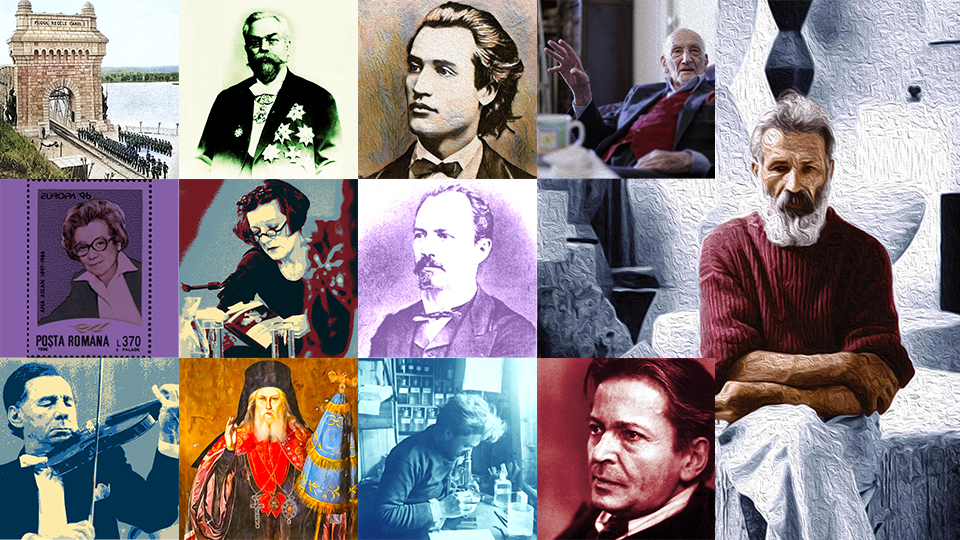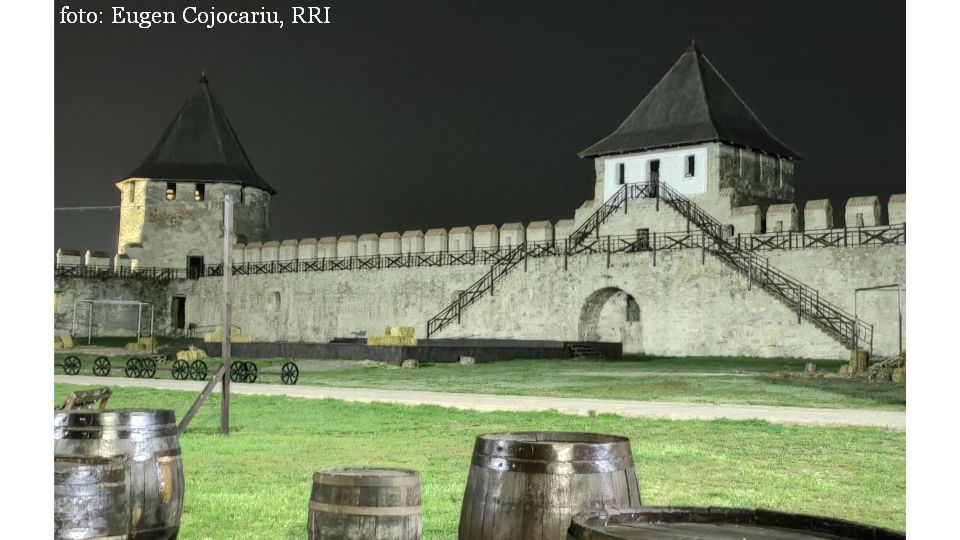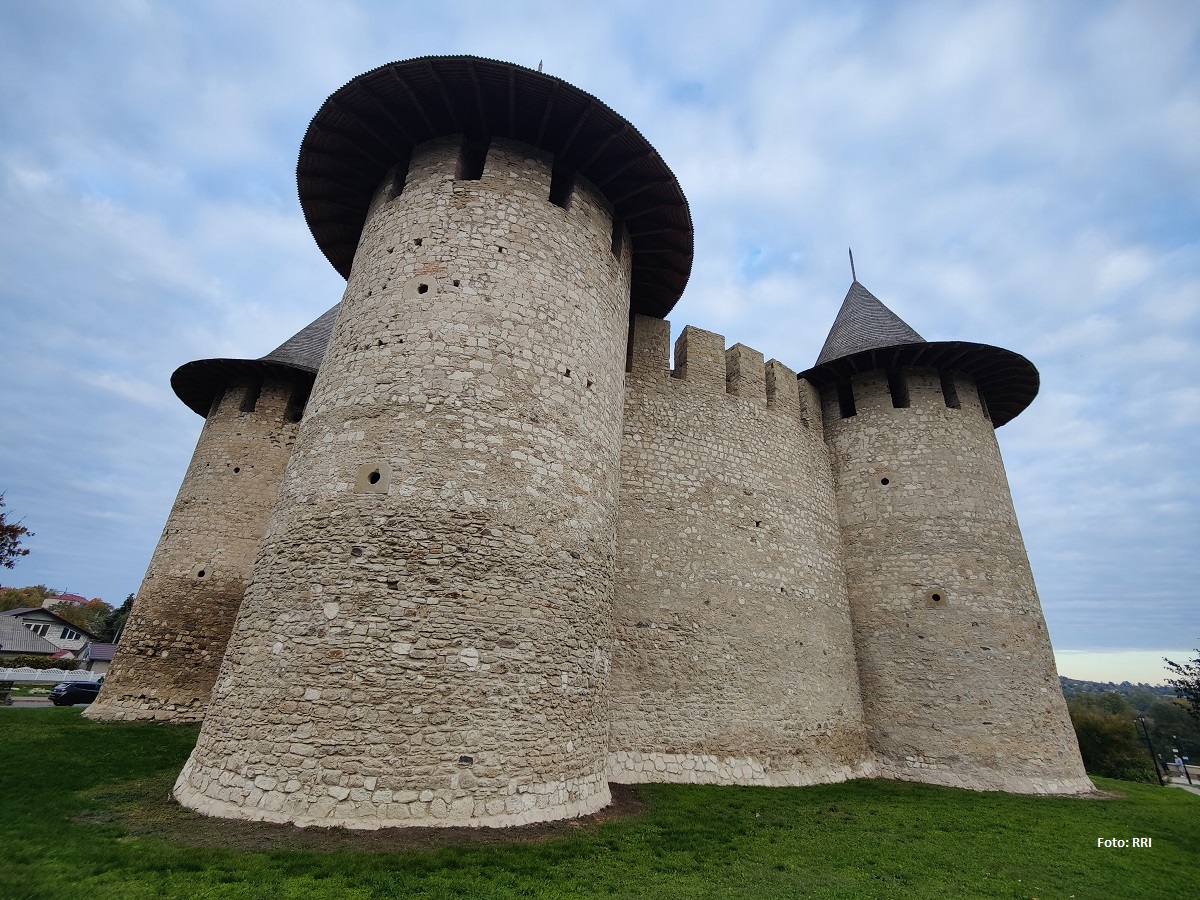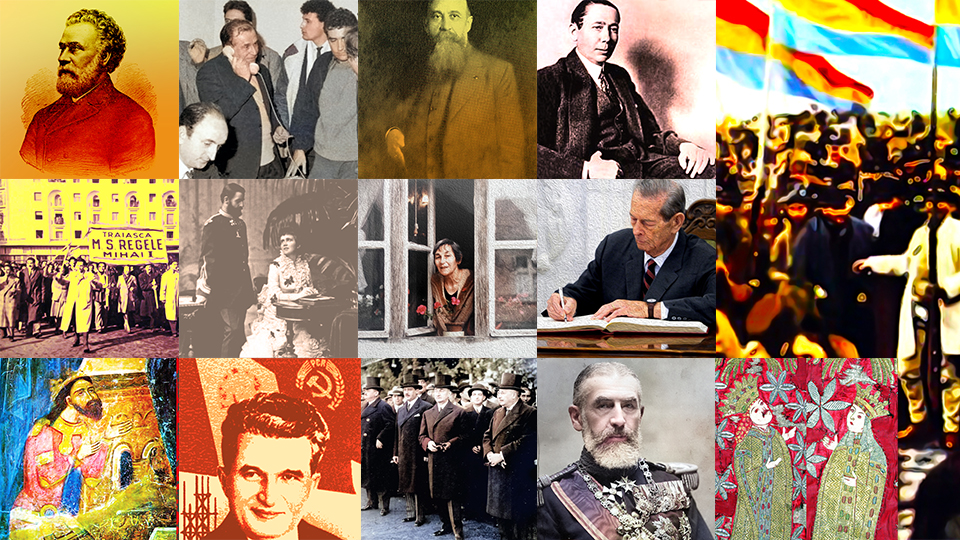Ghica-Tei Palace in Bucharest
Bucharest, which started modernizing in the second half of the 19th century, has very few buildings left that were built more than 200 years ago

România Internațional, 23.09.2017, 18:10
Bucharest, which started modernizing in the second half of the 19th
century, has very few buildings left that were built more than 200 years ago. A
few date back to the early 19th century, such as Sutu Palace, which
hosts the Bucharest Museum, built in 1830, but also Ghica Palace on the shore
of Tei Lake. The latter was built in 1822 in a region that is now the eastern
side of the city, but which used to be on the outskirts of the town when the palace
was built by Grigore Ghica IV the very year he ascended the throne. He was the
first ruler from a Romanian noble family after the Phanariote period.
For over
a century, rulers of the Romanian principalities, Moldavia and Wallachia, had
been selected by Ottoman sultans from among the Greek families inhabiting the
Phanar area of Istanbul. The Phanariote period ended with Tudor Vladimirescu’s
Revolution of 1821. The Ottoman Porte appointed Grigore Ghica IV ruler of
Wallachia. He was a member of an old Romanian family, with Albanian roots,
which had provided rulers of the principalities before. One of the first things
the new ruler did was to continue work at his residence outside the capital,
built in Western style, one of the first of this kind in the area.
Historian
Dan Falcan has more:
Even before he took office, in September 1822, he had ordered
work to begin on this edifice, Ghica-Tei Palace, a beautiful edifice in early
19th century Neo-Classical style. It also has element typical of the
Renaissance, such as friezes and sculptures. The interior was painted by
Italian artist Giacometti, famous in his time. His creations have withstood the
vicissitudes of time, and have been preserved to this day. This was not the
official palace of the ruler, it was his residence. The architect is not known
any more, we only know who did the interior painting. It is supposed that the
architect was foreign, because at that time Romania did not have architects. It
was only after this time that Romanians started going abroad to study
architecture.
The one-storied building is longer than it is tall. It lies at the
middle of a huge park on the shore of Tei Lake. In 1833, Ghica Tei Church was
erected next to the palace. It was initially a simple palace chapel, but it was
expanded. Also as a first for its time, the architecture was also in Western
style. Its round shape and its Italian Neo-Classical style is a break with the
Byzantine tradition. However, this is not the only building that stands out in
the ensemble of the Ghica-Tei Palace.
Dan Falcan used to do archeology work
here in the 1970s and 1980s:
This palace was not built on empty terrain. Another noble house
used to be there. Back in the 17th century, it is possible that it
belonged to ruler Matei Basarab. Across the lake from the palace we have
Plumbuita Monastery, financed by Matei Basarab. There is a tunnel running under
the lake between the monastery and the terrain where Ghica Palace was built.
The tunnel can no longer be crossed completely, parts of it collapsed, which is
understandable after earthquakes, fires, and various infrastructure works. This
tunnel dates to the time of ruler Matei Basarab, in the first half of the 17th
century. It was definitely not dug in Grigore Ghica’s time. He may have thought
he would need it, considering the murky situation after Tudor Vladimirescu’s
revolution. However, the situation was even murkier in the time of Matei
Basarab. You could always wake up to see the city full of Ottoman troops, and
when that happened, the tunnel could have saved your life, taking you to the
shelter of Plumbuita Monastery.
As the ruler of Wallachia between 1822 and 1828, Grigore Ghica IV
was tasked with setting up a Romanian administration after more than a century
of Phanariote rule.






























